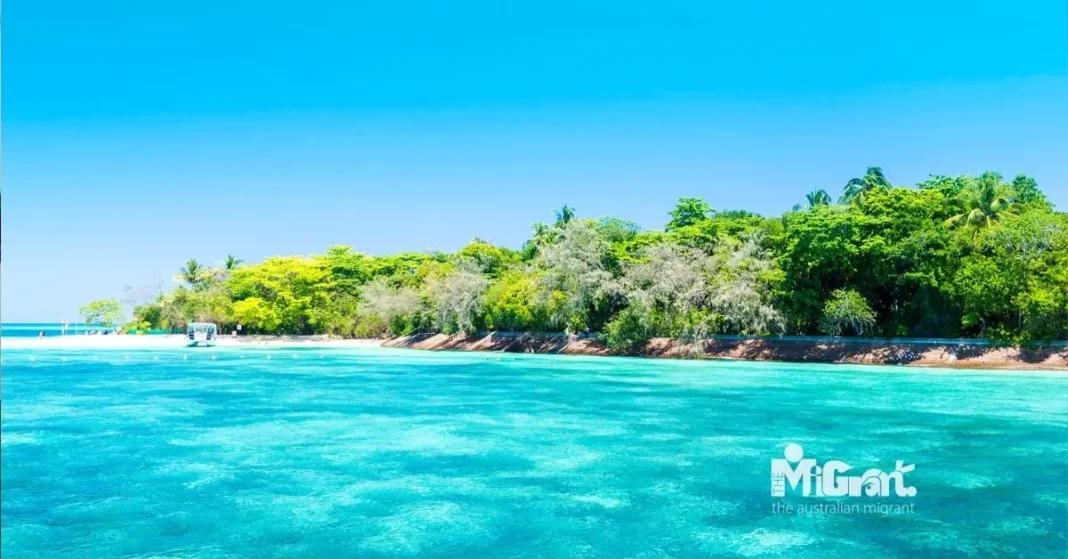The Great Barrier Reef is one of the most amazing places on Earth, and it’s right here in Australia. It stretches over 2,300 kilometres along the Queensland coast and is home to thousands of different animals and plants. Whether you’re planning a visit or just want to know more about it, this guide will help you explore the reef and learn how to protect it.
Why the Great Barrier Reef is So Special
The Great Barrier Reef is the largest coral reef system in the world. It’s made up of almost 3,000 individual reefs and nearly 900 islands. It’s filled with incredible sea life like colourful fish, turtles, and even sharks! For anyone who loves nature, the reef offers unforgettable experiences, whether you want to snorkel, dive, or simply admire its beauty.
Challenges the Reef Faces
Sadly, the Great Barrier Reef is in trouble. Rising ocean temperatures are causing coral bleaching, which damages the coral. Pollution and overfishing also harm the reef. Climate change is one of the biggest threats to its survival, and scientists worry that more coral will die if we don’t take action.
This makes your visit more than just a fun trip—it’s a chance to learn about these issues and help protect the reef.
How to Visit the Great Barrier Reef
Planning to visit? Here’s what you need to know:
- Where to Go: The most popular places to access the reef are from cities like Cairns, Port Douglas, and the Whitsunday Islands. These areas have tours that let you explore the reef by snorkeling, diving, or taking a boat tour.
- When to Visit: The best time to visit is during the dry season, from June to October, when the weather is calm and the water is clear for underwater viewing.
- Choose an Eco-Friendly Tour: Look for tour companies that are certified for their eco-friendly practices. They follow strict rules to avoid harming the coral and marine life.
How You Can Help Protect the Reef
Even if you’re just visiting, you can make a difference:
- Volunteer or Support Conservation: There are programs you can join to help with beach clean-ups or reef restoration projects. Groups like the Great Barrier Reef Foundation work to protect the reef and always welcome support.
- Be a Responsible Visitor: When snorkeling or diving, avoid touching the coral. Coral is very fragile and can be easily damaged. Also, make sure to pick up any trash and avoid using single-use plastics that might end up in the ocean.
- Reduce Your Carbon Footprint: Since climate change is the biggest threat to the reef, reducing your carbon footprint—like using public transport or supporting sustainable businesses—can help lessen the effects of global warming on the reef.
Why the Reef Matters for Future Generations
The Great Barrier Reef has been a part of Australia’s natural and cultural heritage for thousands of years. It’s important not just for its beauty, but for the marine life and ecosystems it supports. By protecting it today, we ensure that future generations will be able to enjoy its wonders, just as we do now.
The Great Barrier Reef is an amazing place to visit, but it’s also at risk. By exploring it responsibly and supporting efforts to protect it, we can help ensure it stays vibrant and full of life for years to come. Whether you’re living in Australia or just visiting, the reef is a must-see—both for its beauty and its role in global conservation efforts.
